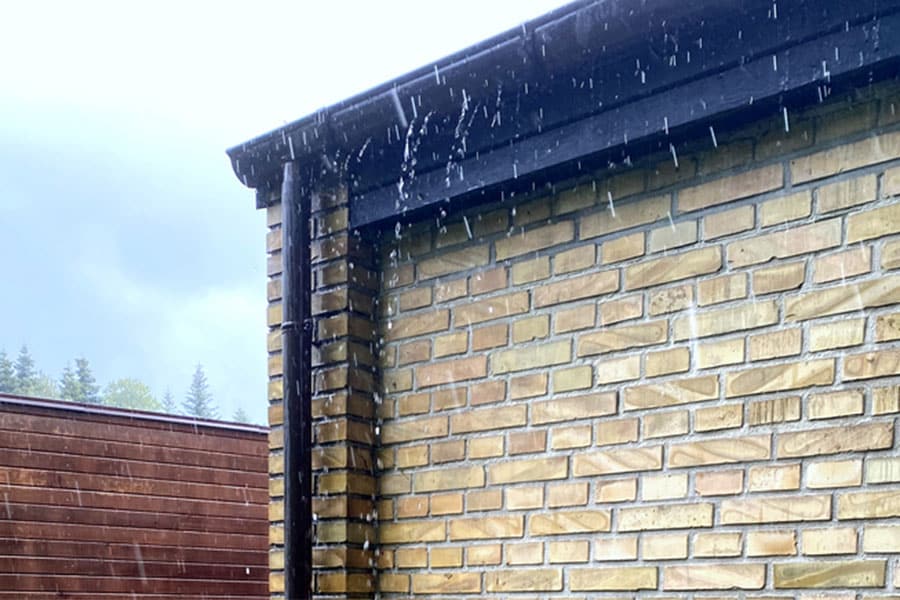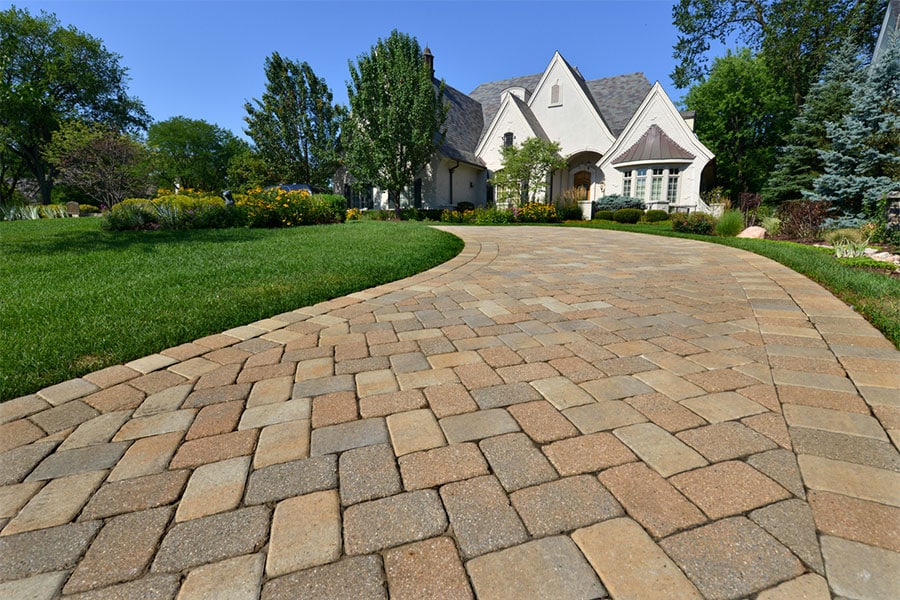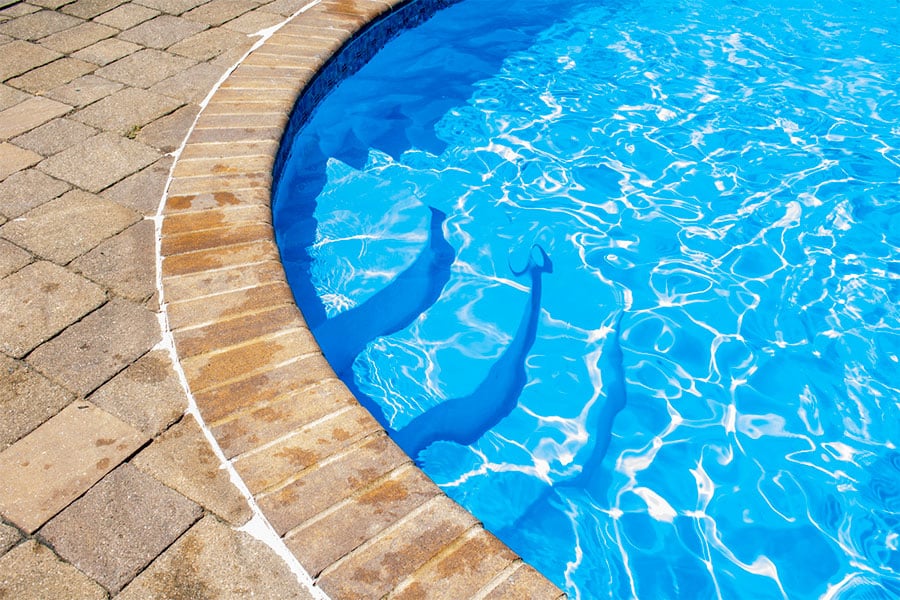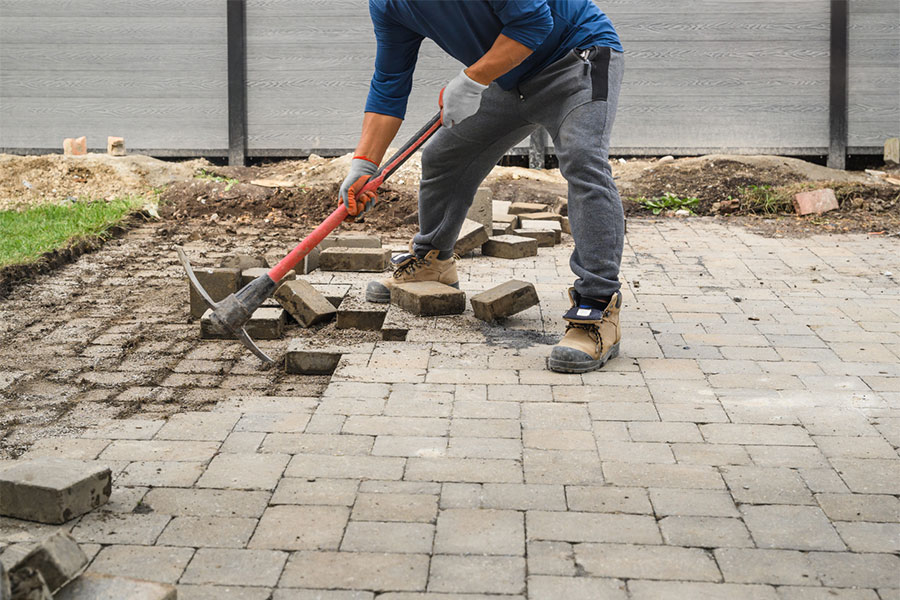
Have you ever noticed missing mortar near the bottom of your brickwork? It may look like the masons forgot to install mortar between certain brick joints. This missing mortar serves a special purpose in protecting your bricks and the materials below them. Read on to learn what brick weep holes are and what they’re meant to do.
What Weep Holes Look Like
Weep holes look like missing slits of mortar in the vertical joints between bricks. You may notice the difference more with light mortar because the darkness of the missing mortar contrasts with the surrounding joints. Weep holes are typically located near the foundation on a brick wall, but they may also be placed around doors and windows.
What Is the Purpose of Brick Weep Holes?
Bricks and the mortar surrounding them are porous. They absorb some water when it rains, and that water can wear away the materials behind the bricks. Weep holes are designed to give that water somewhere to go when it gets behind the bricks. There is a vapor barrier in the back that water flows on top of. Gravity drags it down to the weep holes and out of the structure.
Many brick structures have flashing in the air cavity behind the bricks that further directs water down to the weep holes. The system is designed to reduce damage from water erosion and prevent freeze-thaw damage in your masonry.
Mortar City Masonry uses proven techniques to install durable brick structures. If you’re worried about the structure of your bricks or the stability of your masonry, we provide brick restoration services in Southeast Michigan. Contact us at (586) 533-1305 to schedule a brick assessment from an experienced bricklayer near you.
Check Your Weep Holes Annually to Keep Them Clear from Pests and Debris
Dirt and debris may get stuck in your weep holes throughout the year. Do a visual check around the property to make sure those holes stay clear. You should be able to scrape or rinse out the debris relatively easily.
If you’re having trouble with pests getting into your weep holes, you can use small pieces of steel wool to fill the gaps without blocking the drainage function. The steel wool will stay in place, and the pests won’t get through the blockade. Keep the holes clear to protect the structural integrity of your brickwork.





